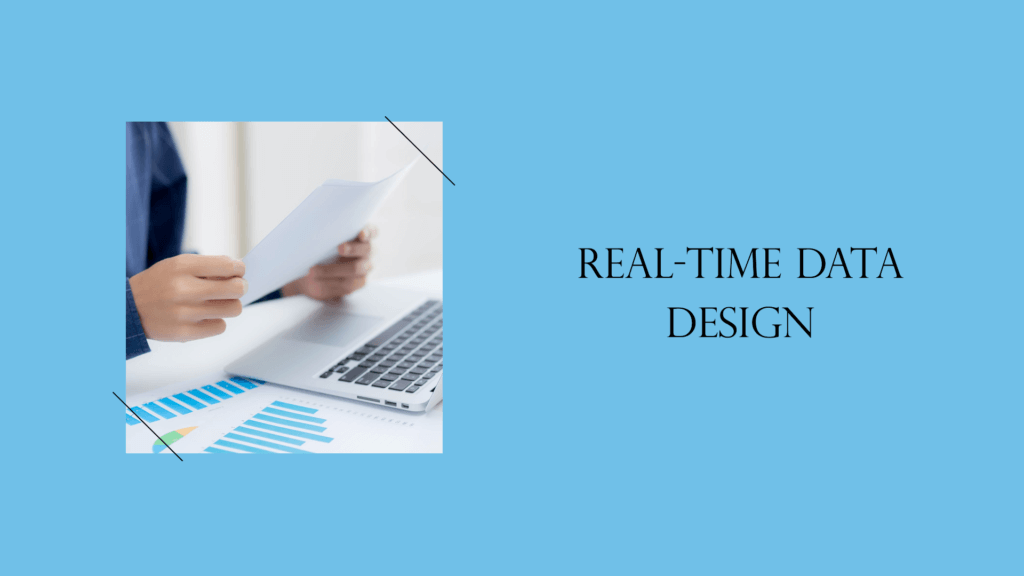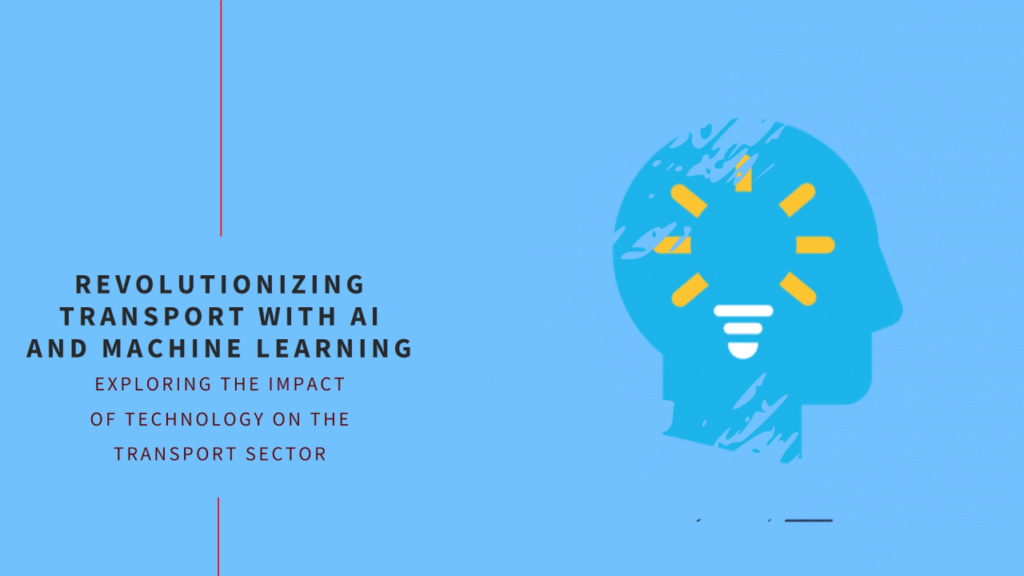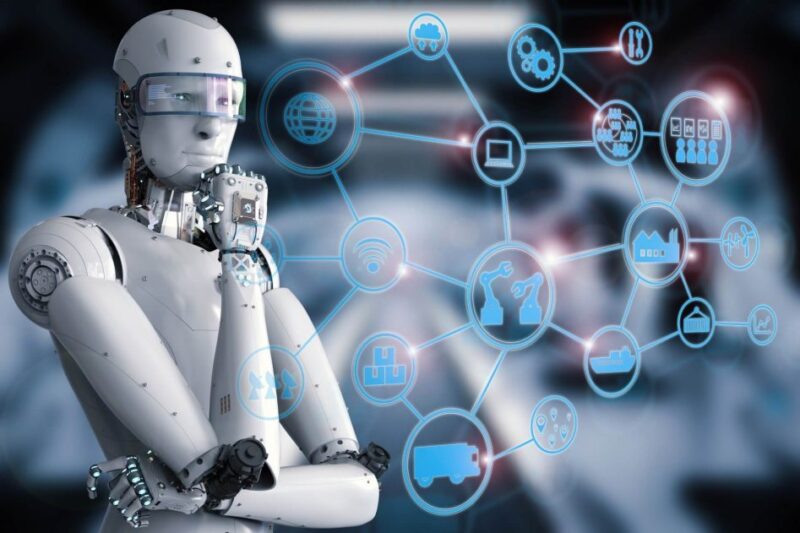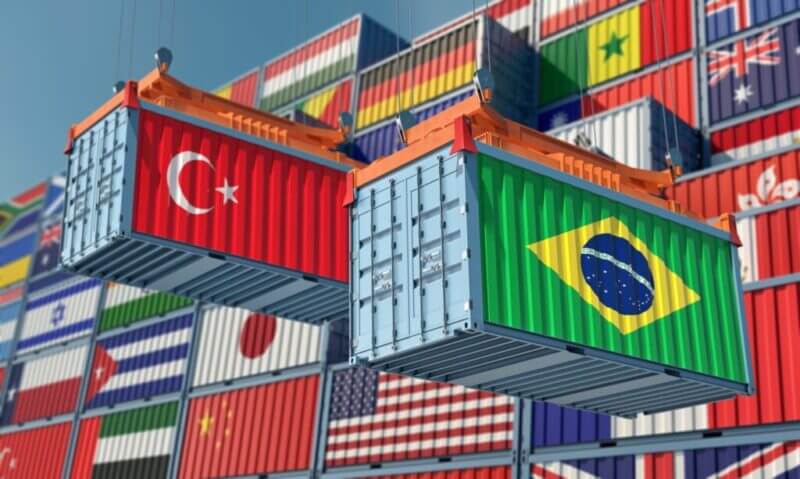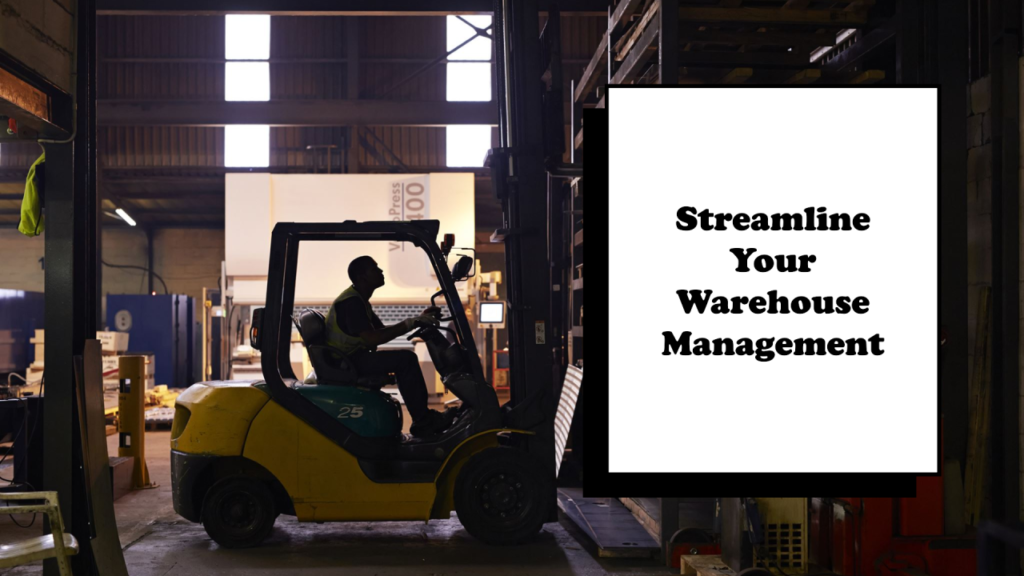Key Changes in the Sector
In the rapidly changing world of transport and warehousing, AI and Machine Learning Are Transforming the Transport Sector and are causing a revolution. From private vehicles, carriers and e.g. to network distribution, refrigerated transport and warehousing, other transport types, graphical planning boards, onboard computers, driver apps, and cross-docking, the applications are endless and are changing the way we transport and store goods. In this blog, we discuss some of the key changes that AI and machine learning -sooner or later- are bringing to the sector.
Private Vehicles and Carriers
One of the most visible and impactful changes in the transport sector is the rise of autonomous vehicles and the efficient use of external carriers alongside private vehicles. Self-driving trucks are no longer science fiction but an emerging reality. AI systems enable vehicles to navigate independently, analyze traffic situations, and drive safely. This not only reduces human errors and accidents but also leads to more efficient fuel use and lower operational costs.
Additionally, AI offers benefits in managing external carriers:
- Efficient Carrier Management: AI systems can help select the most suitable carriers based on price, availability, and performance, leading to cost-effective and reliable transport solutions.
- Seamless Integration: AI-driven platforms enable companies to efficiently combine their private vehicles with those of external carriers, ensuring maximum flexibility and capacity.
- Performance Analysis: AI can continuously monitor and analyze carrier performance, helping make informed decisions for future collaborations.
Network Distribution and Optimization
AI and machine learning play a crucial role in optimizing network distribution. Using advanced algorithms, companies can optimize routes, shorten delivery times, and minimize fuel costs. Real-time data analysis also allows companies to quickly respond to changing conditions, such as traffic jams or weather conditions.
Key benefits include:
- Route Optimization: AI algorithms can calculate the most efficient routes based on various factors like traffic, road conditions, and weather forecasts.
- Dynamic Adjustments: Real-time data allows companies to quickly respond to unexpected events such as traffic jams or road closures.
- Cost Reduction: By optimizing routes, fuel costs and CO2-emmission can be significantly reduced.
Refrigerated Transport and Warehousing
In the refrigerated transport sector, precise temperature control is crucial. AI can help continuously monitor and adjust the temperature and humidity in the cargo area. This ensures that perishable goods such as food and medicines are transported under ideal conditions, minimizing waste.
Key applications of AI in refrigerated transport include:
- Real-time Monitoring: AI systems can continuously monitor the temperature in the cargo area and adjust it as needed.
- Preventive Maintenance: By analyzing data, problems with cooling systems can be detected and resolved early, preventing breakdowns.
- Waste Reduction: Optimal temperature control extends the shelf life of perishable goods, leading to less waste.
Graphical Planning Board and Efficient Planning
Using a graphical planning board combined with AI and machine learning makes transport planning more efficient than ever. These technologies can analyze and visualize complex data, allowing planners to quickly determine the most efficient routes and optimally utilize capacity.
Benefits of graphical planning boards include:
- Visual Planning: Planners can easily get an overview of available resources and planned routes.
- Resource Optimization: AI can help optimally deploy vehicles and personnel based on demand and availability.
- Faster Decision-making: By integrating real-time data, planners can make faster and better-informed decisions.
Onboard Computer and Driver App
With an onboard computer and a driver app, drivers and planners have access to real-time information. These technologies improve communication, increase efficiency, and ensure that problems are quickly resolved. For example, drivers can receive their routes and assignments via the app, while planners can track vehicle locations and make adjustments as needed.
Key benefits include:
- Real-time Communication: Drivers and planners can communicate directly and exchange information.
- Route Information: Drivers receive the latest route information and can easily navigate to their destination.
- Efficiency: Real-time data and feedback allow routes and assignments to be quickly adjusted to changing conditions.
Cross-Docking in Transport and Storage
Cross-docking is a logistics strategy where goods are directly transferred from incoming to outgoing transport without long-term storage. AI plays a key role in coordinating and optimizing the flow of goods. This leads to faster turnaround times, lower storage costs, and increased efficiency.
Key applications of AI in cross-docking include:
- Coordination of Goods Flows: AI systems can track and coordinate the movement of goods in real-time, minimizing delays.
- Storage Space Optimization: Accurate planning and coordination allow companies to use their storage space more efficiently.
- Cost Reduction: By minimizing storage and speeding up turnaround times, companies can significantly reduce their costs.
Conclusion
The integration of AI and machine learning in the transport sector offers enormous benefits in terms of efficiency, safety, and cost savings. Whether it’s autonomous vehicles, route optimization, temperature control, planning, or cross-docking, these technologies create a smarter, faster, and more sustainable logistics chain. The future of transport and logistics is undoubtedly digital, and companies that embrace these technologies will remain at the forefront.
With these innovations on the horizon, it’s clear that AI and machine learning will fundamentally change the transport sector. It’s an exciting time for everyone working in this sector, and the possibilities are endless. The revolution is in full swing, and companies that take the lead will reap the benefits of a more efficient, safer, and more sustainable transport ecosystem.
Author is Harry Luijk – Logistics & Supply Chain Professional – Partner at Merlyn Consult.


